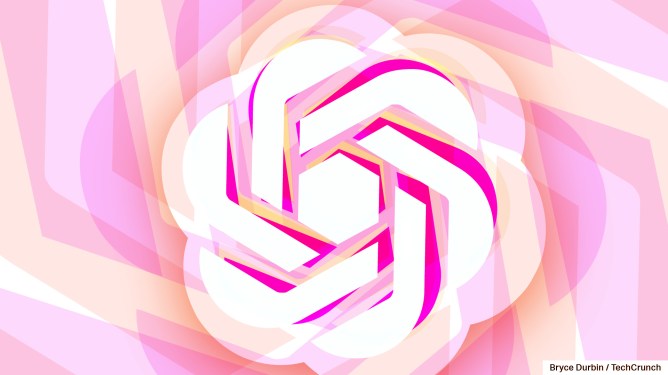OpenAI is introducing a new way for developers to create applications within ChatGPT. Starting Monday, users will be able to access interactive applications from companies such as Spotify, Figma, Coursera, Zillow, and Canva directly inside the platform. OpenAI is also launching a preview of the Apps SDK on the same day, enabling developers to begin building their own applications that may appear in ChatGPT.
The announcement was made at OpenAI’s annual developer conference, DevDay 2025. CEO Sam Altman stated that the goal is for ChatGPT to help people make progress, be more productive, more inventive, and learn faster. He explained that these new applications will enable a new generation of apps that are interactive, adaptive, and personalized, and that users can chat with them.
This new system represents OpenAI’s latest effort to build an ecosystem of applications around its flagship AI product. The launch follows previous attempts to let developers build interactive applications, such as through the GPT Store. Unlike that earlier product, which required users to visit a separate app store, this new launch integrates apps directly into ChatGPT’s responses. This allows users to call upon different applications during their everyday conversations.
This integration provides developers with better distribution for the apps they build and aims to create a richer experience for users. By simply naming different apps, users can pull in content from various services. For example, a user could say “Figma, turn this sketch into a workable diagram” to activate the Figma app. Similarly, a user could call up the Coursera app by asking, “Coursera, can you teach me something about machine learning.”
ChatGPT will also automatically suggest relevant apps when they could be helpful. If a user asks for a party playlist, ChatGPT might bring the Spotify app into the conversation.
OpenAI says the new system is built using the Model Context Protocol, or MCP, which allows developers to connect their data sources to an AI system. ChatGPT apps can trigger actions and render a fully interactive user interface within the chatbot’s responses. Certain apps are even capable of displaying videos in ChatGPT, which will be pinned to the top of the webpage and can be altered based on user requests.
If users already have a subscription to a product, they will be able to log into their account directly within ChatGPT to access certain features. Altman also mentioned that OpenAI will support ways for developers to monetize their apps inside of ChatGPT in the future, including through the company’s recently launched Instant Checkout feature.

